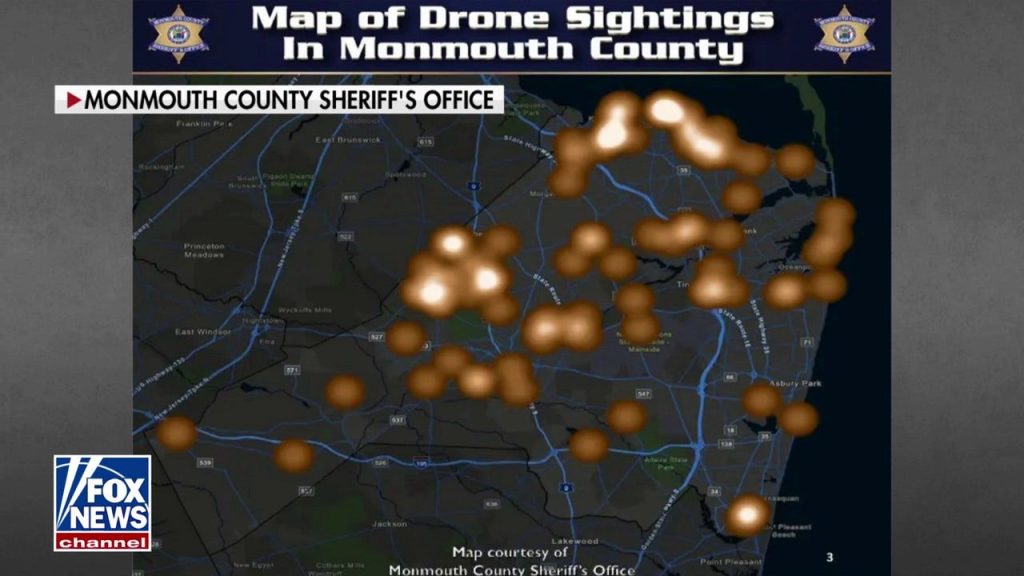The persistent drone sightings over New Jersey have sparked unease and fueled speculation, raising crucial questions about national security and government transparency. The mysterious nature of these flights, coupled with the absence of a definitive official explanation, has created a climate of uncertainty, leaving residents to grapple with unanswered questions and prompting former CIA officer Laura Ballman to express her concerns publicly. The incident highlights not only the potential vulnerability of US airspace but also raises questions about the government’s response to such incidents.
The central point of contention lies in the unexplained nature of the drone flights. Despite numerous sightings by residents and ongoing investigations, authorities have yet to provide a concrete explanation for the drones’ origin or purpose. This lack of information has led to speculation ranging from mundane explanations, such as hobbyist drone operators, to more serious concerns about potential surveillance or even hostile intent. Ballman’s statement, emphasizing the unusual nature of the situation, underscores the need for greater transparency from government agencies. The government’s reticence, she argues, is fueling public anxiety and creating an information vacuum that allows for the spread of misinformation and conspiracy theories.
Ballman’s suspicion that the drones may be part of a classified US government exercise further complicates the matter. Her reasoning stems from the seemingly contradictory statements made by National Security Council spokesman John Kirby, who claimed the drones were not operating illegally, and the simultaneous emergence of opinion pieces discussing the need to improve drone detection systems. This juxtaposition, Ballman argues, suggests the possibility of a covert operation designed to test either drone evasion or detection technology in urban environments. Such an operation, if true, would raise questions about the government’s willingness to conduct such activities in populated areas without public knowledge or consent.
The government’s response, or rather the perceived lack thereof, has only served to amplify concerns. While officials have acknowledged the sightings and ongoing investigations, they have remained tight-lipped about the drones’ origin, attributing public anxiety to an “overreaction.” This dismissal, however, fails to address the legitimate concerns of residents who have witnessed these unexplained aerial activities. Furthermore, the discrepancy between the number of reported sightings and the number of tips deemed worthy of further investigation by the FBI raises additional questions about the thoroughness and transparency of the investigative process.
The drone sightings over New Jersey highlight broader concerns about the security of US airspace and the increasing prevalence of unmanned aerial vehicles. The ease with which drones can be deployed and their potential for misuse, whether for surveillance, espionage, or even attacks, necessitates a robust framework for detection, identification, and mitigation. The incident underscores the need for improved technology and protocols to address these emerging threats and to ensure the safety and security of both public spaces and critical infrastructure. The ambiguity surrounding the New Jersey drone flights serves as a wake-up call for enhancing our national security posture in the face of evolving drone technology.
In conclusion, the ongoing mystery of the New Jersey drone sightings presents a complex challenge. The lack of transparency from government agencies has fueled speculation and raised concerns about potential security breaches, classified operations, and the need for better drone regulations and detection systems. The incident underscores the importance of open communication from authorities in situations involving public safety and national security. The government’s response, characterized by a lack of concrete information and dismissal of public concerns, has only added to the unease and fueled the need for a more thorough and transparent investigation. The New Jersey drone saga serves as a stark reminder of the growing complexities and challenges posed by unmanned aerial vehicles in the 21st century.

